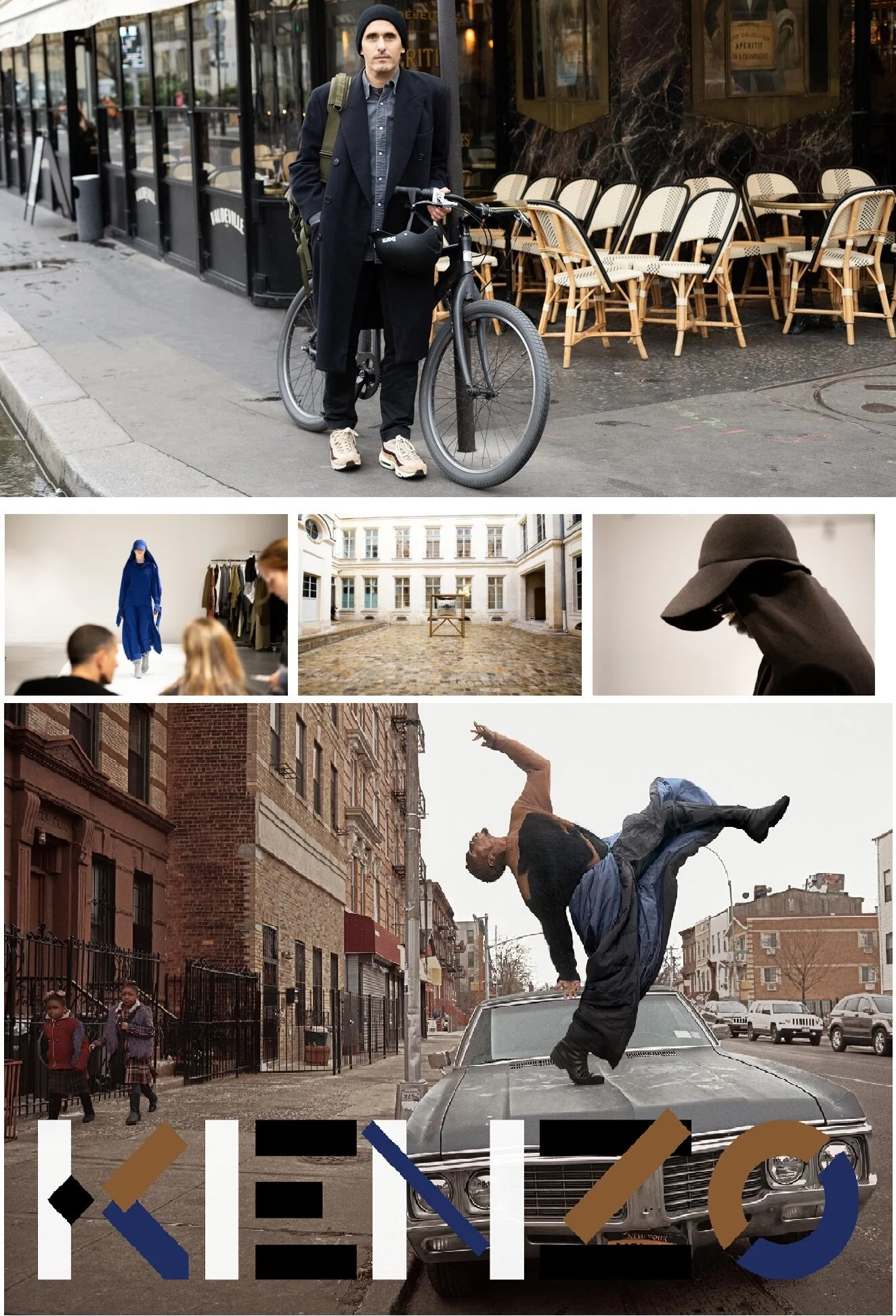Kenzo's New Era: Felipe Oliveira Baptista + Glen Luchford Launch Fall 2020 Campaign
/KENZO unveils its first Fall 2020 campaign by Portuguese fashion designer Felipe Oliveira Baptista. The original, pre-COVID campaign plan intended a photographic road trip in The Azores, Baptista’s original home. Photographer Glen Luchford and long-term partner, stylist Jane How would be Baptista’s campaign companions. And then COVID struck.
“When could we travel? Be together again?” were unanswered and predominant questions. We were to collaborate and put a campaign together, but how?
Glen Luchford knew the campaign would now involve distance photography. But how could it transform into a series of original images? Into the archives — as a few select photographers lucky enough to have them — have already done. Check. Now send the clothes to New York or Los Angeles, where Luchford would shoot models in the same pose and under the same light as the vintage image. Check.
The result is a fresh campaign featuring Lara Stone, Lil Buck and Rose Valentine, as reflected in these first images. Refusing to bow to the challenging moment, the Kenzo campaign expresses the ‘Going Places’ spirit of the collection. Kenzo has always rooted itself in a youthful, nomadic style, and Baptista is ready for takeoff.
In the mid-1960s, Takada Kenzo moved from Japan to Paris, traveling by boat with stopovers in Hong Kong, Mumbai and Saigon. It was this voyage that helped inspire Kenzo’s modern nomad, global progressive spirit. Young creatives with open minds took advantage of affordable, global transportation. Like Kenzo, they set off with the same nomadic spirit born in the eponymous ready-to-wear house the designer founded in 1970.
Today Kenzo heralds a mobile wardrobe that embraces urban elegance and metamorphosis — a keyword in narrating the original spirit of the Kenzo brand.
The name of my first plant store, ‘metamorphosis’ is again a timely word in a COVID world of shaken values and environmental concerns. So many of the hopes of Kenzo-mindset progressives living in the world of The Beatles — and especially John Lennon — are well aware of the meaningless heap of shattered dreams of clean energy, women’s equality and racial justice that inspired deep convictions around global change.
Those same young people find it hard to believe that on June 20, 1979, US President Jimmy Carter unveiled 32 solar panels on the roof of the White House. Yale Climate Connections reveals the Jimmy Carter’s solar panels moment:

